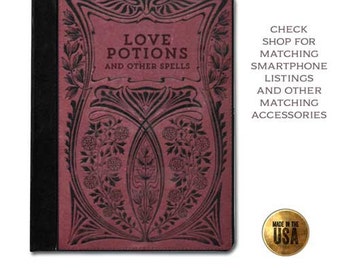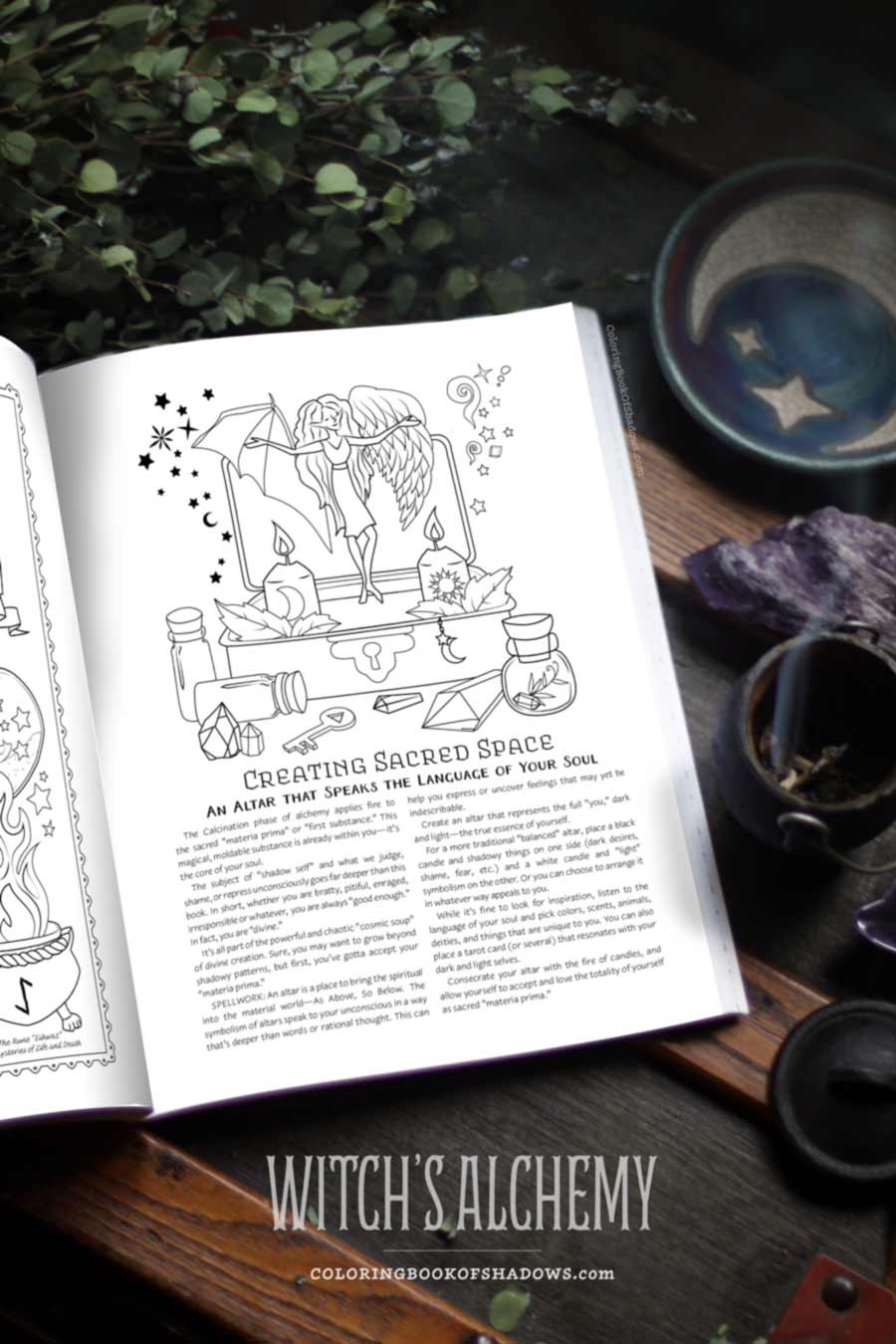


However, brews can also be edibles like soup or stew. Since potions are brewed, it’s not surprising that people use the two terms meaning the same thing. The dictionary defines “brew” as a beverage or drink with examples being beer, tea or coffee. Throughout the history of witchcraft, some witches chose to take up “schools” of magic, potions being among them (or by extension, herbalism). Some clever witches also found a way to use it to render a man impotent for nearly a week. In love potions it encouraged enchantment. Verbena: a common herb in folk magic, particularly to help with sleep. With the case of a rose potion, one could drink it or wear it like perfume. Rose water is surprisingly fruity, so it made other medieval preparations a bit more palatable. Roses: The Queen of flowers, roses attract love, encourage romance and seduce. This was said to bring both joy and fertility (and it is how we come by the modern term “honeymoon.” A good example of honey’s use comes to us from Celtic tradition where couples would be given mead, a honey wine, to enjoy over the first month of their marriage. Honey: Now we have an ingredient that’s not only safe and healthy, but still used in modern love magic (among other needs). Besides appearing in love potions, bits of Mandrake root were recommended as charms for fertility.

One had to take great care in harvesting because the plant’s shriek could cause insanity. The root looks a bit like a human with parts that are both male and female. It is a toxic herb when prepared incorrectly. Trustfully that concoction was made properly or the “lasting” part might come quite quickly with death. When a couple drank this potion, it bound them in lasting love. Henbane: This appeared in a lot of Medieval medicines because of its narcotic affects. These had some common ingredients including: An example might be eating a lion’s heart for bravery and boldness.ĭuring Medieval times by far the most sought-after potions were those for love and passion. This unsavory approach came from the notion that consuming a part from a specific creature internalized the natural abilities or characteristics of that creature. They included ingredients like animal parts, bugs, blood, etc. The ancients made all manner of potions that don’t sound the least bit yummy. The term potion comes from a Latin word that means to drink. So let’s look at a bit of history and definitions to clarify things. Even so, the words potion and brew are often used interchangeably. We have a variety of labels for processes that result in a magical, quaffable drink each of which has slightly varied instructions. But just like amulets, talismans and charms are three distinctly different animals so too is the world of making potions. There are all sorts of techniques up the sleeve of a seasoned Witch. Caffeine – for alertness and rejuvenation.” ― Amy Alward “There’s no mistaking what kind of potion I need.


 0 kommentar(er)
0 kommentar(er)
